BY MICHAEL ROBLETO
Real Estate Professional with Compass Pasadena. Specializing in the buying and selling of Pre-War, Historic and Architecturally significant homes and lofts in Altadena, Pasadena, Eagle Rock, Highland Park, Silverlake, Los Feliz and DTLA.
LA Architectural Spotlight: Spanish Colonial Revival & Spanish Style Homes for Sale
What is Spanish Revival Architecture?
What are the Renovation Challenges of a Spanish STYLE HOME?
ARE historic homes are Recession-Proof?
HOW CAN I FIND SPANISH STYLE HOMES FOR SALE?
Being a realtor the specializes in older homes, I get the benefit of being inside a wide variety of architectural styles. The details of each vary wildly but are all incredibly interesting. Through sharing the details of these styles, I hope that you get a better sense of the style you love or find a new style you perhaps weren’t as familiar with. This is part three of a twelve-part series.
What Are the Origins of the Spanish Revival?
Several of the Pre-War architectural styles that we see in Southern California are inspired by classic European styles. When these styles were “adapted” from a classic style for American needs we refer to them as a Colonial Revival. They are a re-envision of a classic. Most tend to refer to these styles as the Revival styles. Tudor Revival, Spanish Revival etc.
Spanish Revival style was popularized in the US after the Panama-California Exhibition of 1915-1917 that took place in San Diego and we see it in commercial buildings and in residential homes. If you are looking to acquire a home in this style, set your search filters to the years 1918 to 1930.
While there are hundreds of well-known architects that specialized in MidCentury Modern architecture and Craftsman architecture in Los Angeles, it is was much less common to see an architect have the singular design focus of Spanish Revival style. However, there are some key players.
Bertram Goodhue, who worked on the San Diego exhibition is known for building the LA Public Library in DTLA, the Spanish Revival structures in and around CalTech as well as the glorious Mi Sueño mansion on Grand Ave here in Pasadena. Players like Wallace Neff and Elmer Grey are renowned for their works in and out of this style but Paul R Williams is the most intriguing of the bunch, he was immensely in demand and designed some of our greatest buildings like the Ambassador Hotel, the Theme building at LAX, the Beverly Wilshire hotel and many private homes. Being one of the very very few African American architects of the period, just imagine the obstacles he overcame.
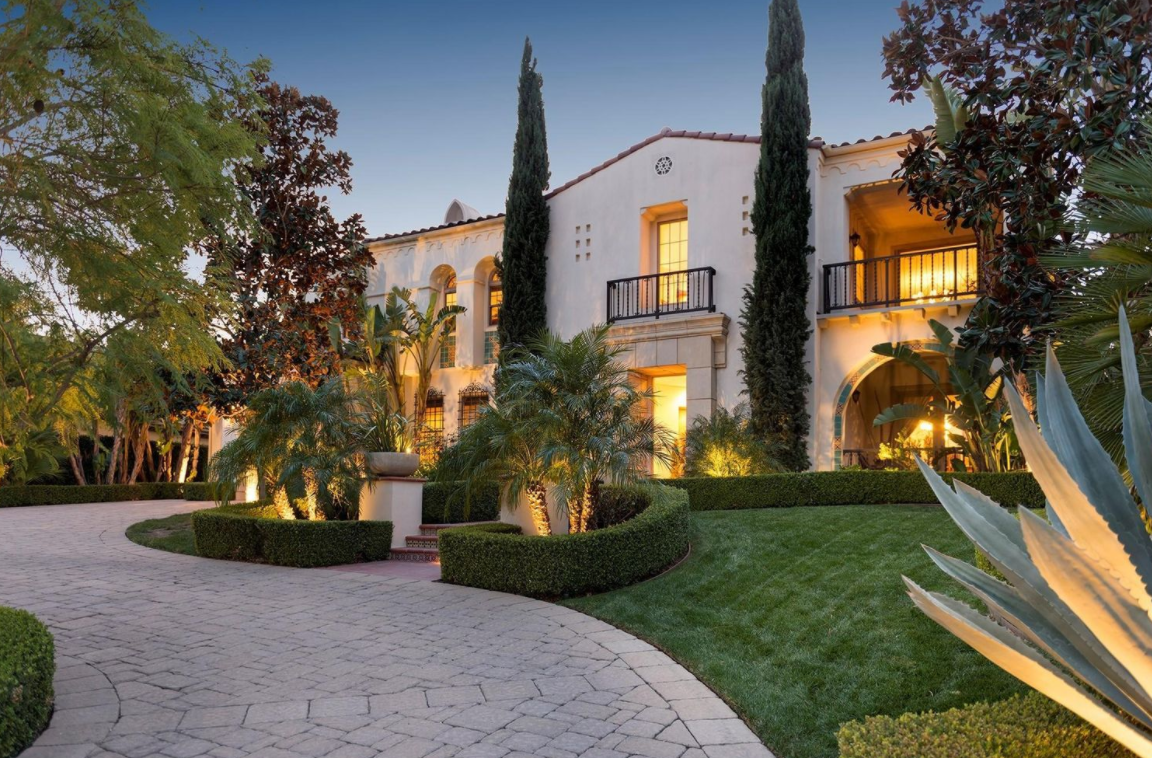
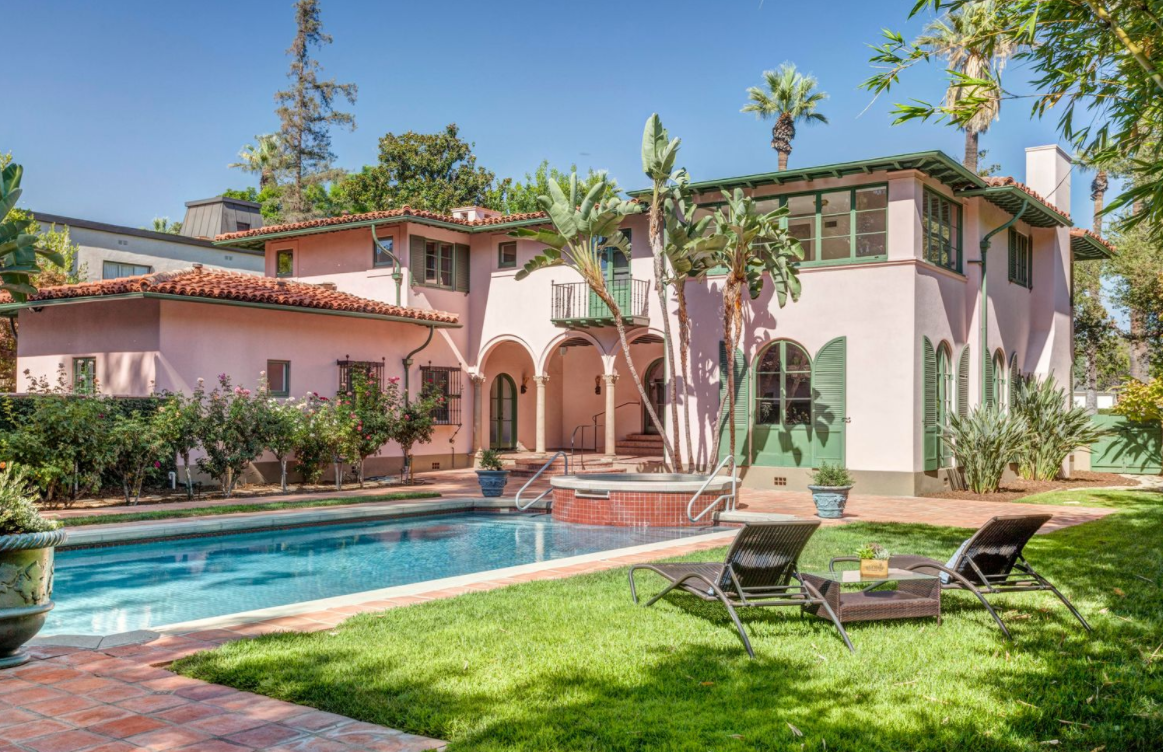
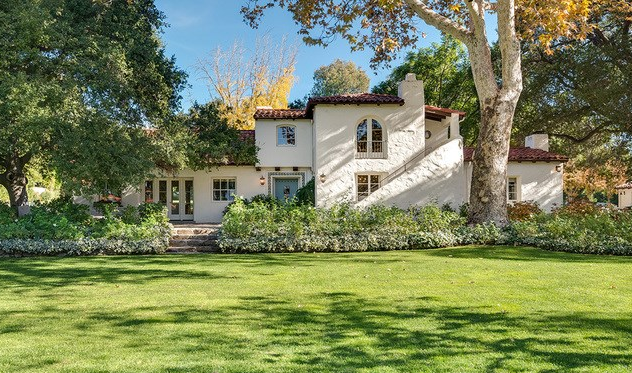
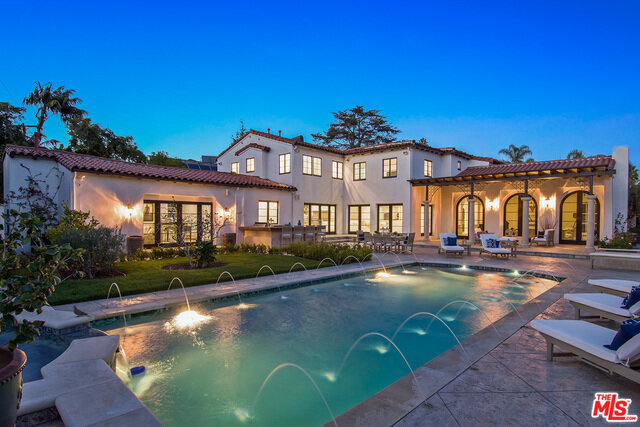
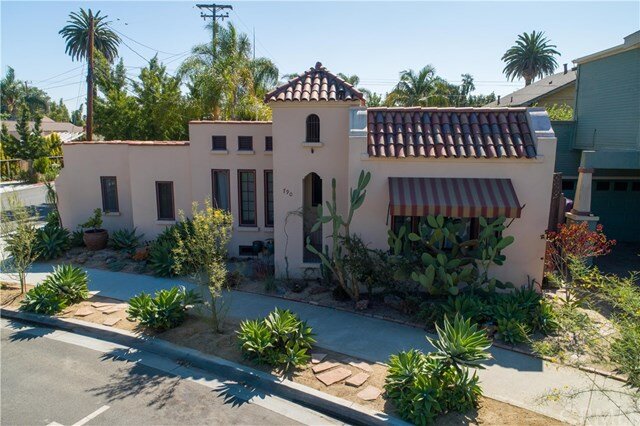

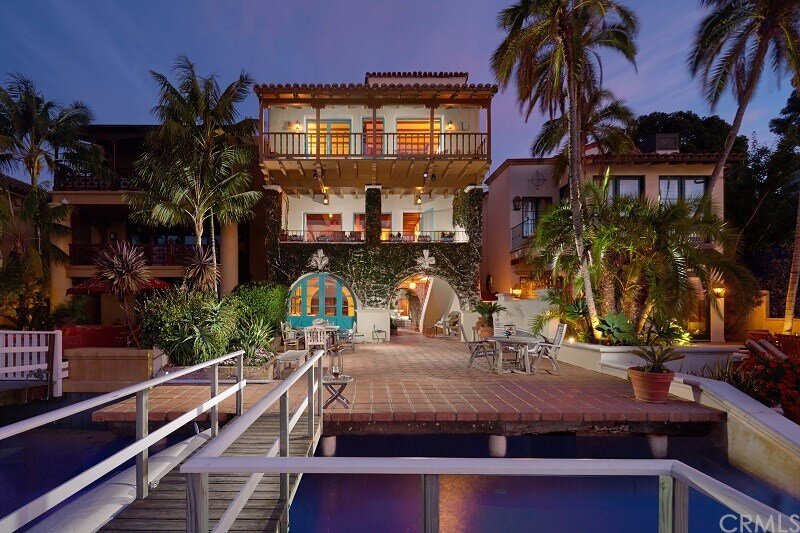
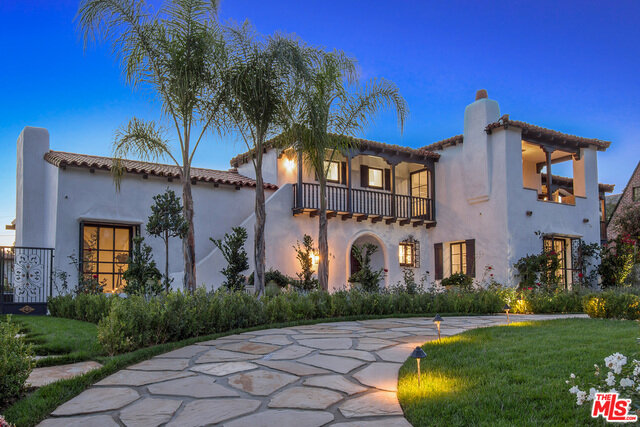
What Key Elements Define a Spanish Revival?
Spanish Revivals range in size from a modest two-bedroom Bungalow style to opulent mansions as the style is very versatile. There is usually a focus on indoor/outdoor living in the form of an inner courtyard or small courtyard off the front of the house penned in by a knee-wall.
Spanish Revivals are always clad in stucco and painted white in color with dark wood accents on the window frames and front doors. The tell-tale details are in the arched windows and doorframes, stark black ornamental ironwork in the form of gates, window bars, balconies, and hardware and of course those classic red clay barrel tiles on the roof.
On the inside of a Spanish Revival will have hardwood floors with tile in the bathrooms and kitchen. High style Revivals will often have 12”x12” terra cotta tiles with a high sheen. Tiles are key in the Spanish style as we often see highly colored hand-painted accent tiles throughout.
Spanish Revival fireplaces are often the centerpieces of the main living room as their start plastered chimneys protrude into the roof for a striking look.
Not Every Home With Red Roof Tiles Is a Spanish Revival
It is easy to assume every home with the tell-tale red clay tiles is a Spanish Revival. There are actually subsets of the style. Mediterranean Revivals look very similar but are often found in earth tones and not painted white like a traditional Spanish Revival. Med Revivals will also have large balconies on the front elevation running the span of the home. We also see the red clay tiles on some Puebla style homes.
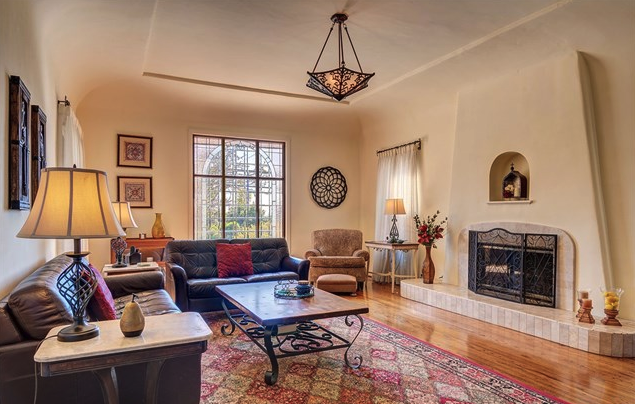
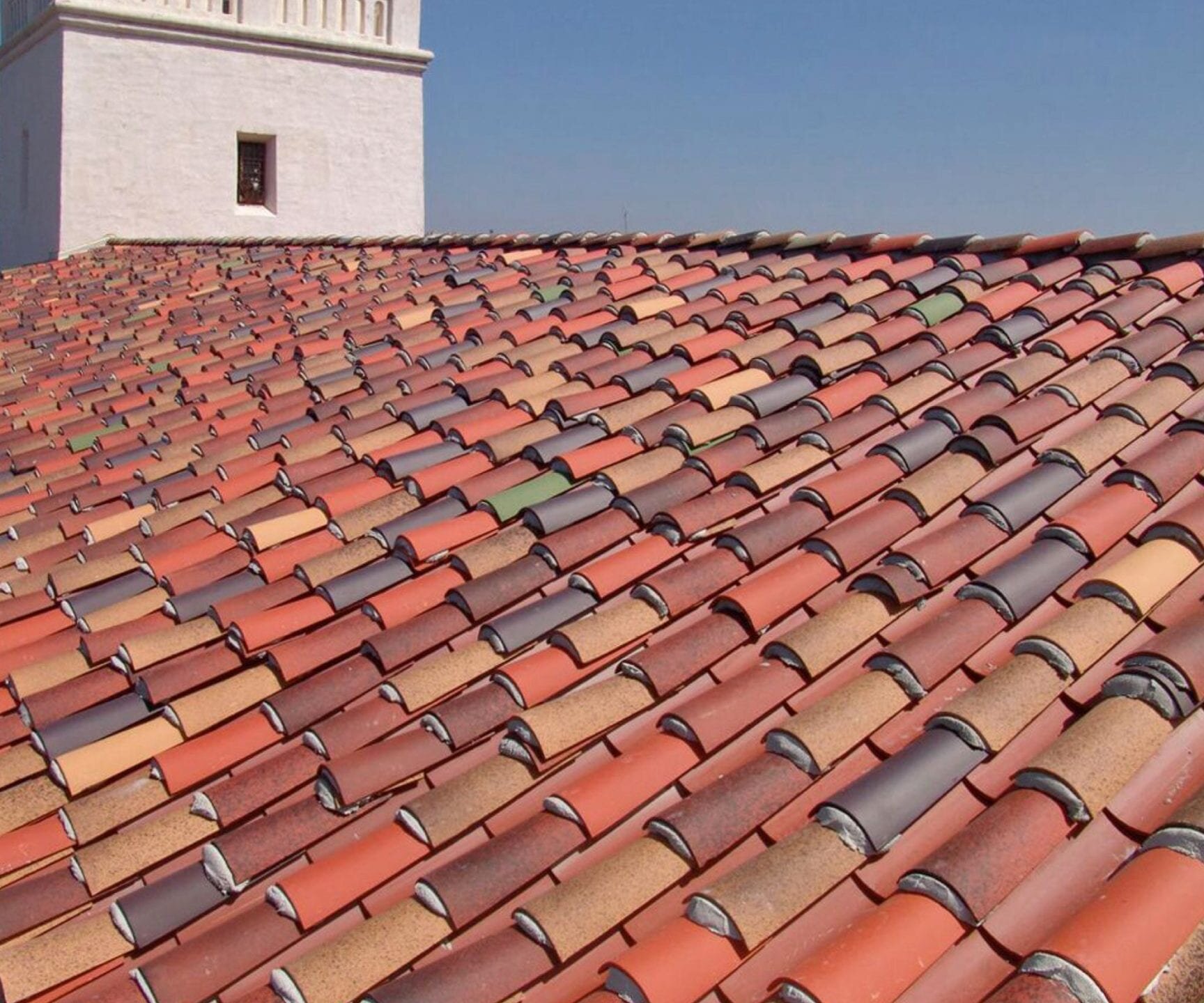
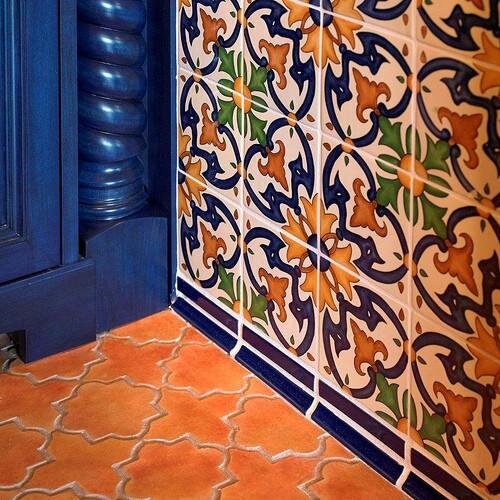
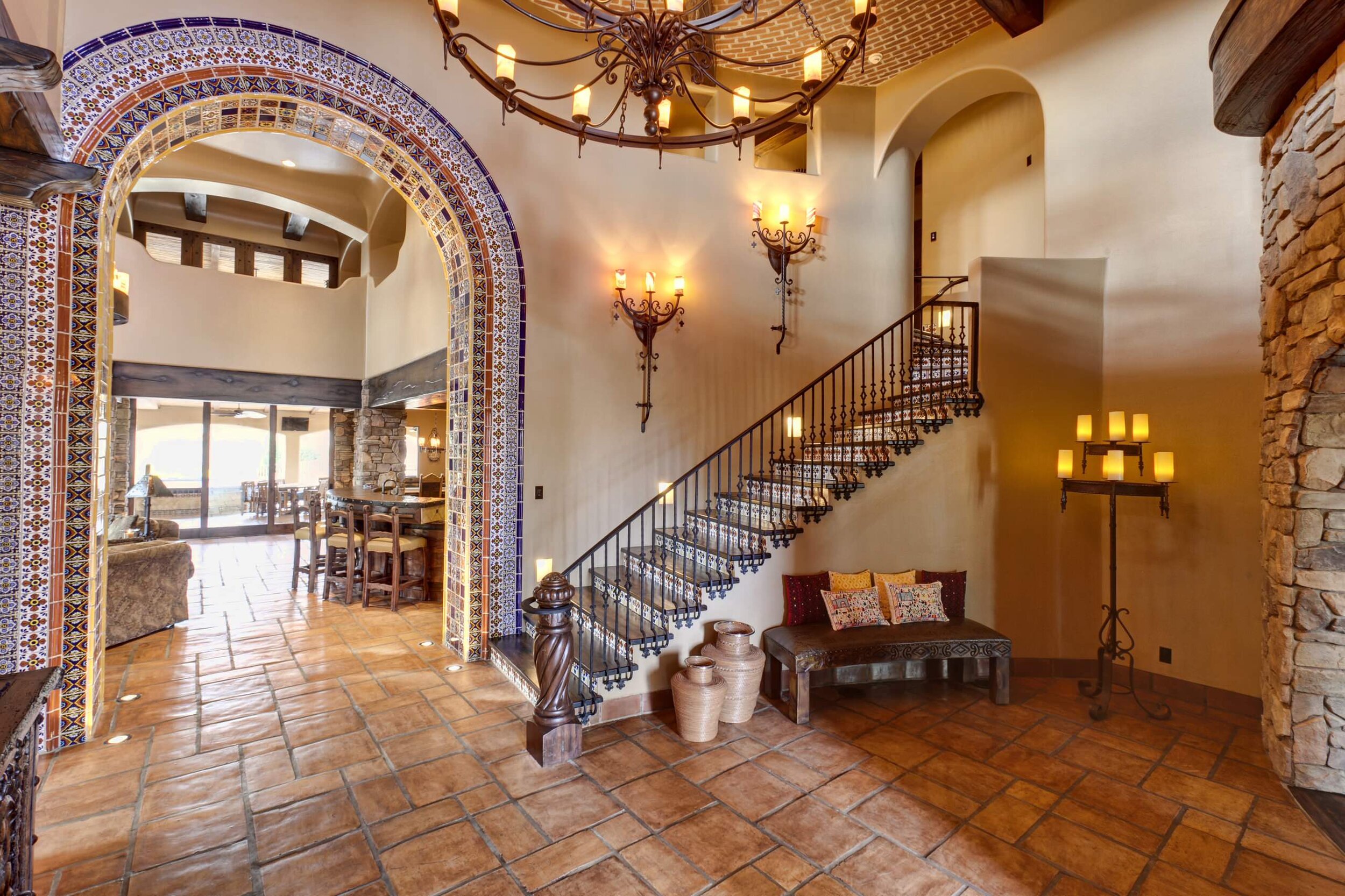
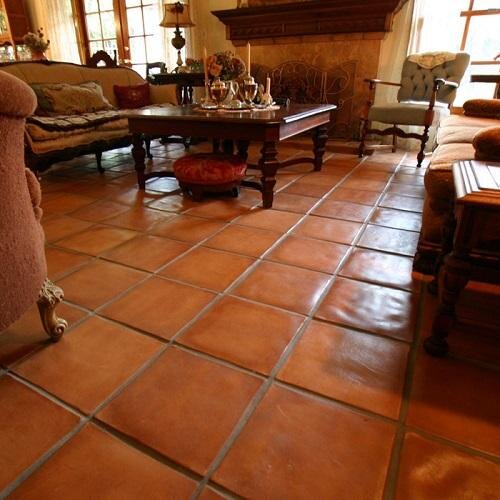
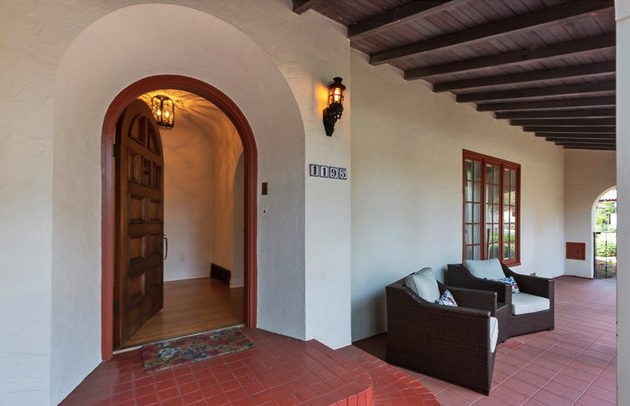
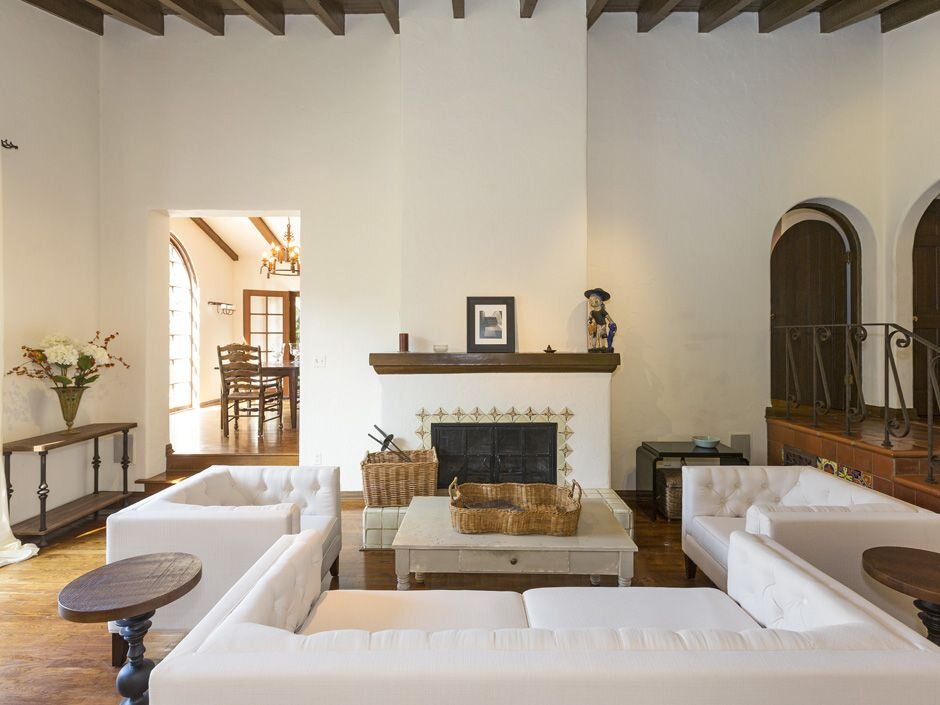
What Are the Pros & Cons of Owning a Spanish Revival?
Like with any older home, there will be challenges. Aesthetics like kitchen countertops and shower enclosures are never something that should hinder an owner as these are often upgraded as trends and technology change. The area of focus for any older home is the five major systems of the house which can be the most challenging to correct if not in proper order.
The clay tiles of a Spanish Revival have a 100-year lifespan. You may need to re-clad them, but the tiles themselves are very durable. Note, there are concrete versions of these barel tiles but their life span is 50 years. Don’t cheap out, buy period correct.
The foundation of a Spanish Revival will be the same as most Pre-War homes, a raised foundation. Being that they stem from the 1920’s and beyond, it will be rare that it won’t be a concrete foundation with posts and piers scattered throughout. If there are clay floor tiles on the interior, these posts will be more numerous. If your plan is to add clay tiles to wood floors, you will need to chat with an engineer about reinforcement for the additional weight. Foundation issues are the only thing that scares me in a renovation. Consult a foundation professional if there are any questionable findings.
Central Air Conditioning (HVAC) wasn’t a thing in 1920 and most homes on the market have been adapted. Hopefully, this was done tastefully and not by enclosing a vaulted ceiling or something else as shameful.
Electrical wiring in the 1920’s was knob and tube wiring and something that must be updated. If the home doesn’t have a 200amp electrical panel, you know there is some electrical work that will need to be done including the replacement of that panel.
The plumbing on all 1920’s Spanish homes would have been galvanized steel pipes. If they have not been upgraded to copper (popular since the 1980’s) you will need to upgrade them (unless you love low water pressure). Copper re-piping is quite common and not intrusive to classic details. PEX plumbing is the most recent iteration of residential plumbing and well worth the investigation if the home still runs galvanized pipes.
I consider Spanish Revivals one of the safest bets when it comes to Pre-War homes in terms of work needed. The stucco and clay roof provides an impervious shell to termite and wood rot (if they have been maintained). Compared to a Crafstman, which is a magnificent wonderland of wood Spanish Revival owners have it significantly easier when it comes to upkeep.
Historic Homes Are Recession Proof
In March 2020 the LA Conservancy released a study on the impacts of Historic Preservation in Los Angeles. The study bubbled up some interesting data when it comes to the 35 Historic Preservation Overlay Zones (HPOZ) in LA.
60% of homes in Los Angeles are more than 50 years old (not all are deemed “historic”)
43.8& of construction activity is Rehabilitation (vs 26% in non HPOZ areas)
HPOZs are more racial diverse than non HPOZs
33% of all HPOZ homes take up less than 40% of the lot, therefore allowing for ADU expansion.
Renovations in HPOZ cost less than non-HPOZs
The growth in Price per Square Foot of an HPOZ house has outpaced non-HPOZ
When it comes to investing in real estate, one of the best ways to beat the natural ups and downs of the market is through renovation. Older homes offer ample opportunity for an owner to dramatically improve the value of their investment. This is why flippers do what they do and make so much money at it. They key to historic renovation is to be sympathetic to the period. This is a delicate balance but is very possible and stunning when done properly.
If you have any questions about owning or selling an older home in Silverlake, Los Feliz, Hollywood Hills, Pasadena, Altadena, Highland Park, Mt Washington, etc, please feel free to contact using the details below. I’m always available to offer insight and guidance.
If you’re interested in other Revival Architectural Styles, here are links to the rest of the series:
The English Tudor Revival Home
Show Me the Spanish Revivals
To see Spanish style homes for sale in Los Angeles, below is a custom Compass Collection of these homes in the areas I work in. Some are for sale, some have been sold. If you are in the market to sell or own one of these properties, I can be contacted using the details below.
Looking to Buy or Sell a Pre-War Home? Fill out the form for a free consultation.
Michael Robleto
REALTOR®-Compass Real Estate
213-595-4720
Michael Robleto is a Los Angeles based REALTOR® that specializes in Historic Pre-War residential properties and those with architectural merit. Michael uses his vast knowledge of historic homes, residential construction and modern day marketing to predict and solve the many problems that arise in real estate transactions. His client accolades of insight, prompt communication, integrity and hard work support the fact that he is not your average listing agent.
Michael leverages his personal passion for historic architecture to provide his clients the unknown insight on the pros and cons of older homes. Michael, the son of a contractor, a California native, grew up in an older Bungalow home and has spent 23 years in Southern California admiring the unique architecture of the region. Michael brings 20+ years of negotiation and sales experience to his seven year career in residential real estate. He often writes on homeownership strategy, historic residential architecture and related topics which can be found on Facebook, YouTube, Twitter and Instagram under the common profile name of his blog; BungalowAgent or at www.BunaglowAgent.com/blog.
Michael is a committee member and frequent volunteer for the preservation efforts of Pasadena Heritage and the LA Conservancy. When not working you can find Michael on hiking trails statewide with his faithful German Shepherd Axel.


